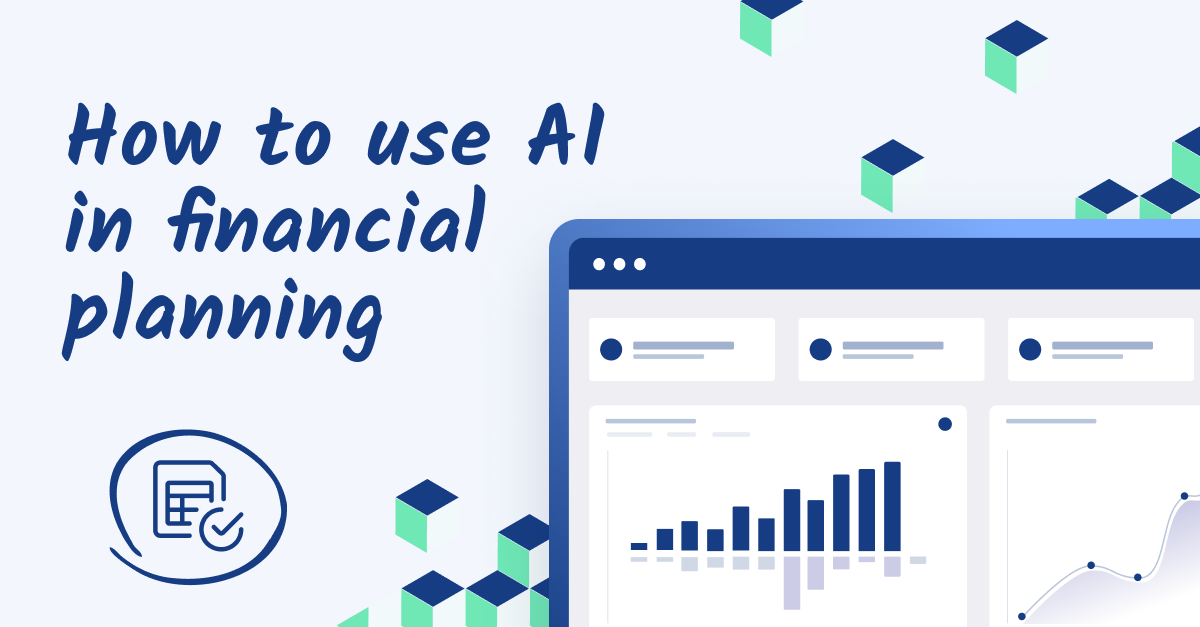What are AI forecasting software tools?
AI forecasting software helps FP&A teams predict future financial outcomes by analyzing historical data, identifying patterns, and generating accurate forecasts using machine learning and automation. Unlike traditional forecasting methods, which rely heavily on manual data entry and static models, AI-powered tools continuously adapt to new data, improving accuracy over time by utilizing an AI forecasting model.
These tools can handle large datasets, detect trends that might be missed in manual analysis, and automate complex calculations—saving finance teams valuable time. Whether for revenue projections, expense planning, or cash flow forecasting, AI-driven solutions help businesses make faster, more informed decisions with confidence.
Additionally, these advanced tools can predict demand with greater precision, distinguishing between demand forecasting and demand planning to enhance overall business strategy.

Key benefits of AI-powered forecasting for FP&A teams
AI-powered forecasting gives FP&A teams the insights they need to plan smarter and react faster. Here’s a close look at some key benefits:
- Improved accuracy: AI models analyze vast amounts of data and detect patterns humans might miss, reducing forecasting errors and providing accurate demand forecasts.
- Time savings: Automating data collection and analysis frees up finance teams to focus on strategy instead of manual spreadsheet work.
- Stronger scenario planning: AI-driven tools make it easy to model different business scenarios and adjust forecasts in real time.
- Better decision-making: AI delivers predictive insights, helping teams anticipate risks, identify opportunities, and make more informed financial decisions.
- Seamless integration: Many AI forecasting tools connect directly with ERPs, CRMs, and BI platforms, ensuring forecasts are always built on the latest data.
- Enhanced demand planning: Modern demand forecasting solutions utilize machine learning and AI to effectively meet customer demand, reducing inventory issues and improving overall supply chain efficiency.
With AI-powered forecasting, FP&A teams can spend less time on manual processes and more time on strategic planning—driving better business outcomes.
Key features to look for in AI forecasting models
Not all AI forecasting tools are created equal. The best solutions don’t just automate calculations—they provide real-time insights, improve accuracy, and make forecasting more dynamic and actionable. Here are the key features to look for when evaluating AI-powered forecasting software:
- Seamless data integration: The tool should automatically sync with your ERP (like NetSuite or SAP), CRM (like Salesforce), and other data sources to pull in real-time financial and operational data. This ensures forecasts are always based on the most up-to-date information, reducing manual data entry and the risk of errors.
- Customizable forecasting models: AI should adapt to your business needs, allowing you to create tailored forecasting models for revenue, expenses, cash flow, and workforce planning. Look for a tool that supports driver-based modeling, time-series forecasting, and regression analysis to improve precision.
- Scenario planning and version control: The ability to quickly model different business scenarios—such as best-case, worst-case, or market downturns—is critical for agile decision-making. A strong AI tool should allow you to compare multiple forecast versions side by side and track changes over time, so you always have a clear picture of how your assumptions impact outcomes.
- Automation and real-time updates: AI should do more than generate static forecasts. Look for software that continuously refines projections as new data flows in, automatically adjusting forecasts without requiring manual updates. Some tools even provide anomaly detection, flagging unexpected changes that could impact your financial plan.
- User-friendly interface with spreadsheet flexibility: Finance teams work best in familiar environments. The ideal AI forecasting tool should integrate directly with Excel and Google Sheets while providing additional automation and analytics capabilities. This allows teams to leverage AI-driven insights without having to learn an entirely new system.
- Collaboration and accessibility: A cloud-based platform that enables multiple users to work on forecasts simultaneously ensures alignment across teams. Features like role-based permissions, audit trails, and real-time commenting help finance teams work more efficiently while maintaining data security and transparency.
- AI-driven insights and predictive analytics: Some tools go beyond forecasting by providing proactive recommendations, such as identifying cost-saving opportunities or predicting potential cash flow risks. Advanced AI models can also surface hidden trends, helping finance leaders make more informed strategic decisions.
- Consumer demand forecasting: The ability to accurately predict and respond to consumer demand is crucial, especially in the retail sector. Look for tools that leverage AI to analyze consumer behavior and market trends, enhancing operational efficiency and profitability.
- Demand planning capabilities: Effective demand planning is essential for inventory management and overall retail strategy. AI-based tools can significantly improve demand forecasting accuracy, helping retailers respond proactively to changing market dynamics.

Top AI forecasting software tools for FP&A teams
With so many AI forecasting tools on the market, it’s important to focus on solutions that truly enhance financial planning and analysis. The best tools don’t just automate forecasting—they provide highly accurate forecasts, refine predictions, uncover insights, and adapt to changing business conditions. Here are 10 of the top AI-driven forecasting tools for FP&A teams in 2025.
1. Cube

Cube is designed with the specific needs of FP&A teams in mind, offering an intuitive and AI-enhanced platform that makes financial forecasting more accurate, dynamic, and efficient. By integrating seamlessly with existing data systems and spreadsheets, Cube allows teams to focus on strategy instead of manually consolidating data or building complex forecasting models from scratch.
.png?width=521&height=472&name=Understand-variances-image%20(2).png)
Key features:
- AI Smart Forecasting: Cube’s AI automatically generates initial forecasts based on historical financial data, allowing teams to skip the time-consuming task of manually building models. These AI-generated forecasts serve as reliable starting points for planning and are continuously refined as new data flows in.
- Automated variance analysis: Cube’s AI not only generates forecasts but also monitors them over time. It automatically highlights variances between actuals and forecasts, enabling finance teams to quickly identify areas that require attention and make adjustments as needed.
- Integration with source systems: Cube connects to various data sources such as ERPs, CRMs, and HRIS systems, ensuring that forecasts are always based on the latest, most accurate data. By pulling in information from multiple systems, Cube’s AI capabilities provide a unified view of your financial landscape, making forecasting more comprehensive and reliable.
- Collaboration features: Cube enhances the forecasting process by allowing teams to collaborate in real-time. Users can annotate forecasts, track changes, and see which data or assumptions led to forecast adjustments, helping teams make faster, more informed decisions.
- Scenario planning with AI: Cube’s AI also helps teams model different business scenarios and their potential impact on financial projections. With AI-driven insights, users can compare different forecast versions, evaluate risk, and assess how changes in key drivers (like sales or market conditions) could affect the business.
2. Anaplan

Anaplan is an enterprise planning tool that uses AI and machine learning to enhance financial forecasting. It connects business-wide planning processes to ensure better decision-making.
Key features:
- PlanIQ: Uses advanced machine learning and predictive analytics to refine financial forecasts.
- Time-series forecasting: Leverages AI to analyze historical data and generate forward-looking financial models.
- Dynamic scenario planning: Automates scenario comparisons to assess different financial outcomes in real time, helping businesses adapt to market shifts.
3. Workday Adaptive Planning

Workday Adaptive Planning is a cloud-based FP&A platform that integrates AI to improve budgeting, forecasting, and real-time financial modeling.
Key features:
- Predictive analytics engine: Uses AI-driven insights to enhance forecast accuracy and adapt projections dynamically.
- Automated forecast adjustments: AI continuously refines financial models as new data flows in.
- Smart scenario planning: Helps finance teams stress-test various economic conditions and business drivers, addressing common forecasting challenges faced by retailers due to unpredictable consumer behavior and market trends.

4. Vena

Vena combines AI-powered forecasting with Excel’s familiar interface, making it a strong choice for finance teams looking to enhance their forecasting accuracy without abandoning spreadsheets.
Key features:
- Predictive forecasting models: AI improves forecast precision by analyzing historical data and market trends.
- Anomaly detection: Automatically flags irregularities in financial forecasts for further review.
- AI-driven insights: Surfaces actionable recommendations based on past financial performance.
5. Pigment

Pigment is a next-gen financial planning tool that leverages AI to enhance forecasting and enable data-driven decision-making.
Key features:
- Scenario-based AI forecasting: Generates multiple forecasting models to prepare for different business scenarios.
- Automated trend analysis: Identifies key financial patterns and anomalies using AI.
- Real-time forecast adjustments: AI dynamically updates forecasts based on new data inputs.
6. Jedox

Jedox is a financial planning and analytics tool with AI-driven forecasting capabilities that help organizations improve financial projections.
Key features:
- AI-powered predictive modeling: Uses machine learning to refine financial forecasts based on historical trends.
- Self-learning forecast models: Continuously improves accuracy by analyzing new financial data.
- AI-driven consolidation: Automates data aggregation to ensure seamless forecasting across departments.
7. Datarails

Datarails is an AI-enhanced FP&A platform built for finance teams that want advanced forecasting capabilities while continuing to work within Excel.
Key features:
- FP&A Genius AI assistant: Provides instant insights by analyzing historical and real-time financial data.
- Variance prediction: Uses AI to forecast deviations from budgeted and projected financials.
- Automated financial reporting: AI generates reports with key forecasting insights and risk assessments.

8. Planful

Planful offers AI-driven forecasting tools designed to enhance financial modeling, scenario planning, and budget accuracy.
Key features:
- Predict: Signals: AI-powered detection of emerging financial trends and risk factors.
- Predict: Projections: AI-enhanced forecasting that refines projections using real-time data.
- AI-powered risk identification: Automatically flags potential forecasting inaccuracies.
9. Mosaic

Mosaic is a financial planning platform that applies AI to help high-growth businesses create accurate, agile forecasts.
Key features:
- AI-driven revenue forecasting: Uses historical and pipeline data to predict future revenue with greater accuracy.
- Automated scenario modeling: Builds multiple financial forecasts to account for different business conditions.
- Continuous forecast optimization: AI refines forecasts in real time as new data is added.
10. Jirav
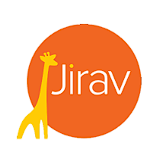
Jirav is an AI-powered FP&A platform designed for small and mid-sized businesses, providing advanced forecasting without enterprise-level complexity.
Key features:
- AI-based driver modeling: Identifies key financial drivers and integrates them into forecasts.
- Predictive budgeting tools: Uses AI to generate dynamic budgets based on historical spending trends.
- Automated cash flow projections: Forecasts liquidity and financial health based on real-time business data.
Faster, more accurate forecasting with AI
With the ability to make data-driven decisions, anticipate trends, and model scenarios, AI tools empower FP&A teams to stay ahead in a rapidly changing financial landscape. Accurate demand forecasting and planning are crucial for addressing retail demand, helping retailers predict consumer behavior and optimize inventory levels. Embracing AI forecasting is becoming a strategic necessity for businesses aiming to improve their financial planning and decision-making.
Cube’s seamless integration with Excel and Google Sheets makes AI forecasting accessible and adaptable for any business. Want to learn more? Get a free demo today.
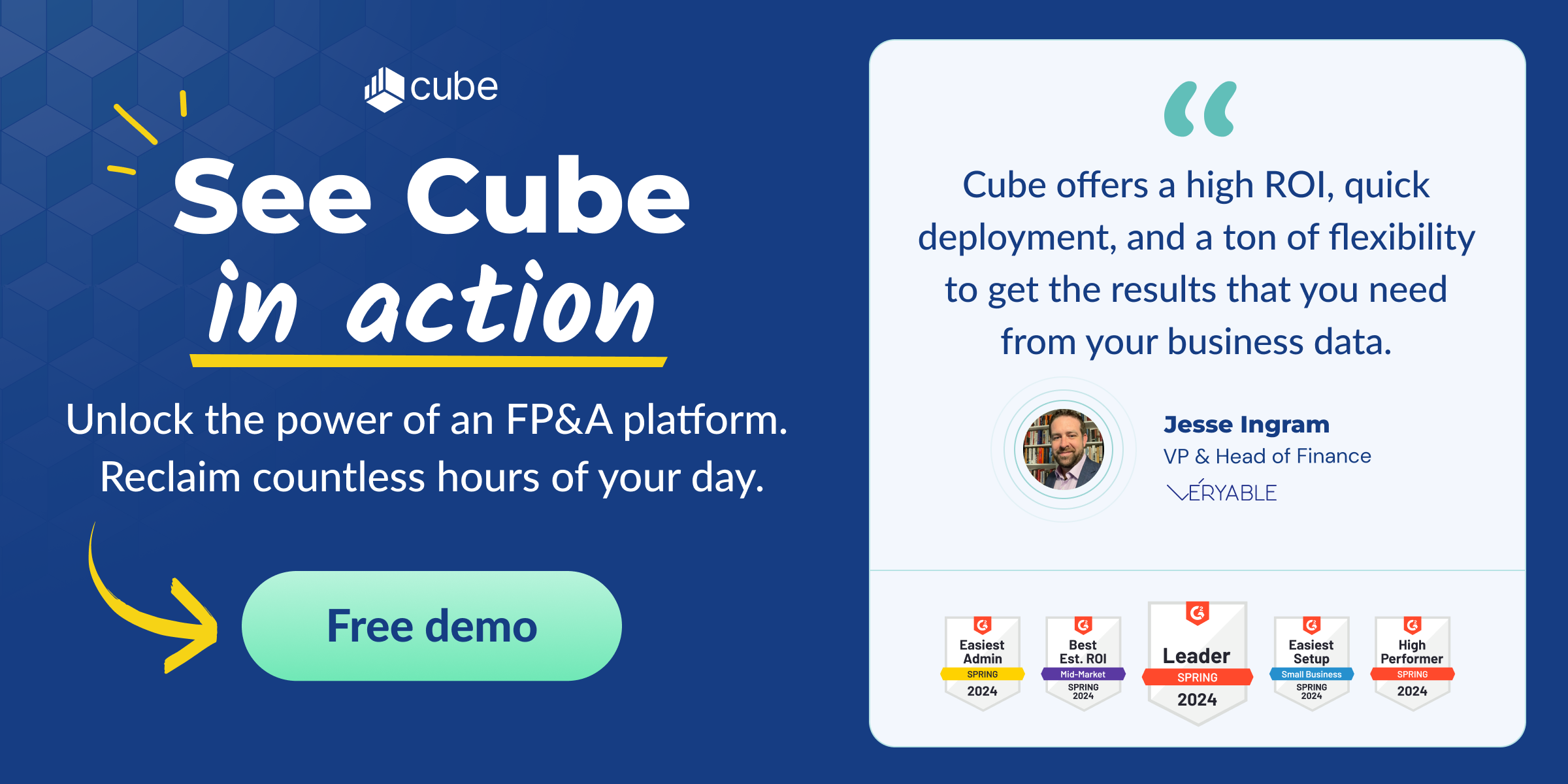


.png)


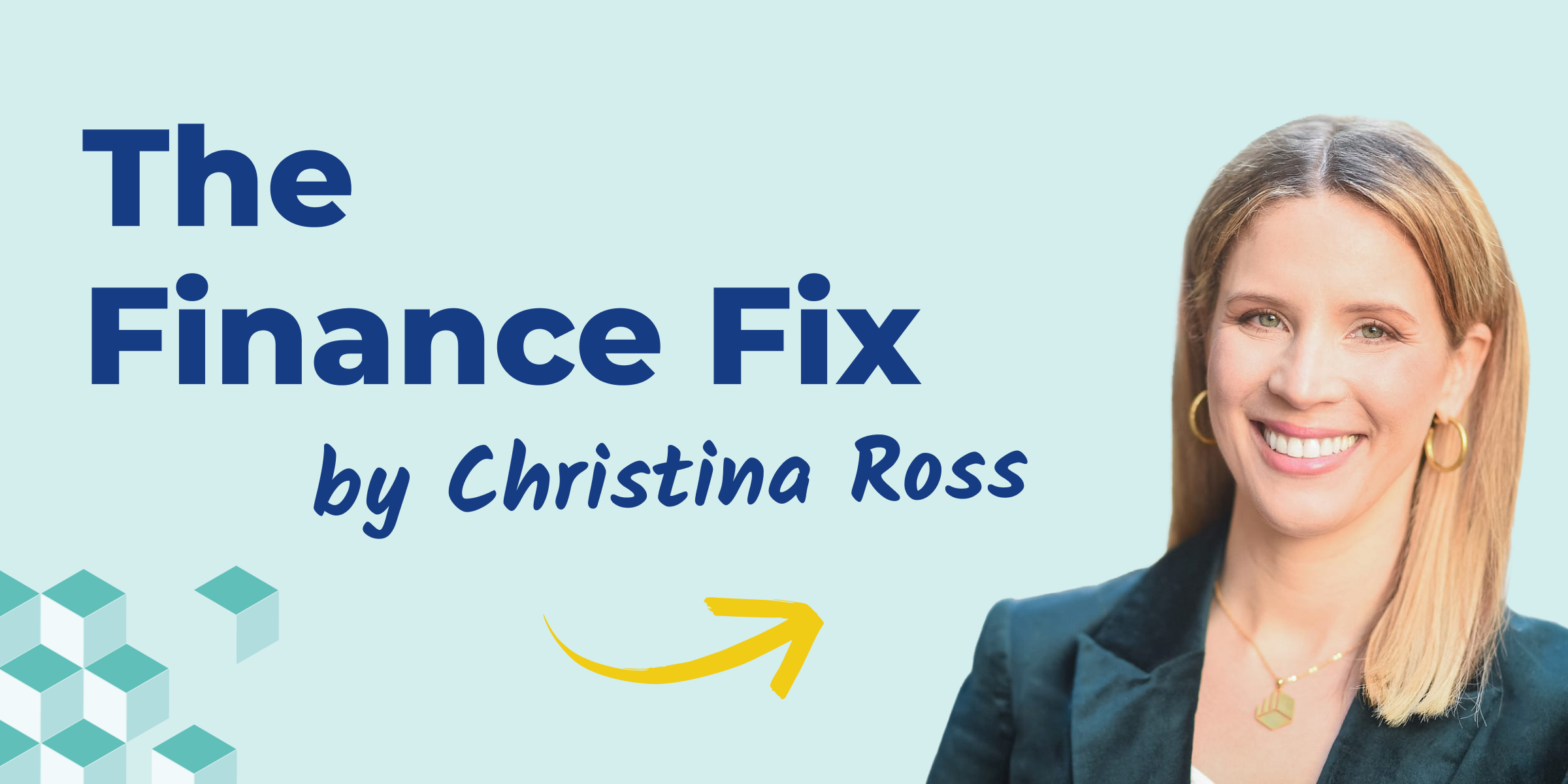

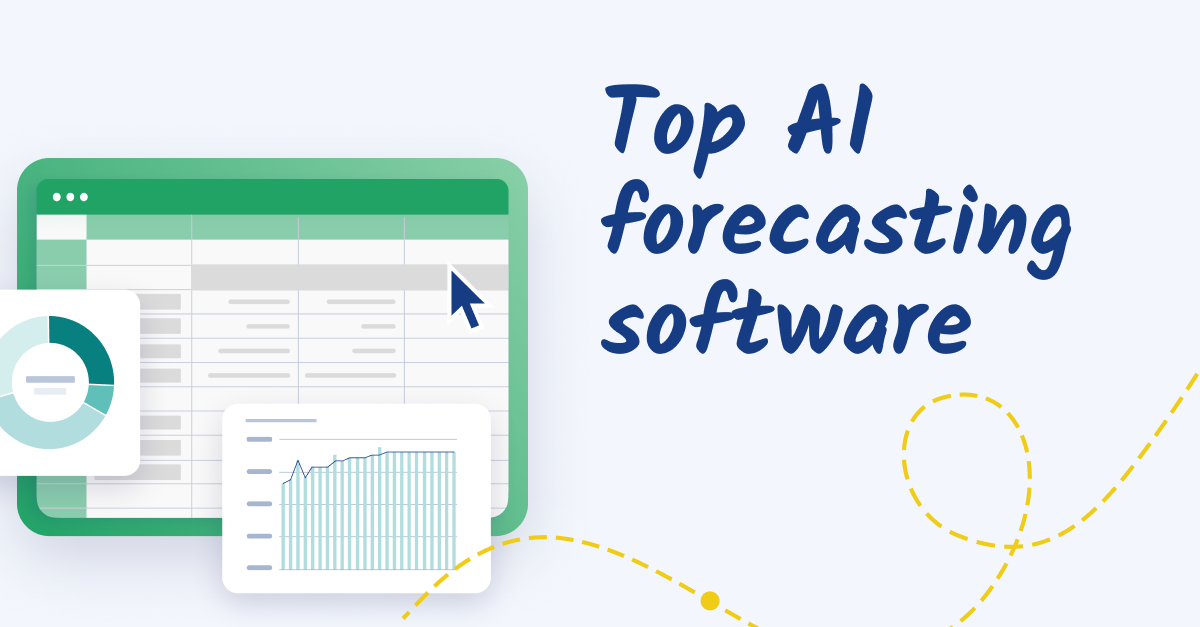


.png?width=521&height=472&name=Understand-variances-image%20(2).png)









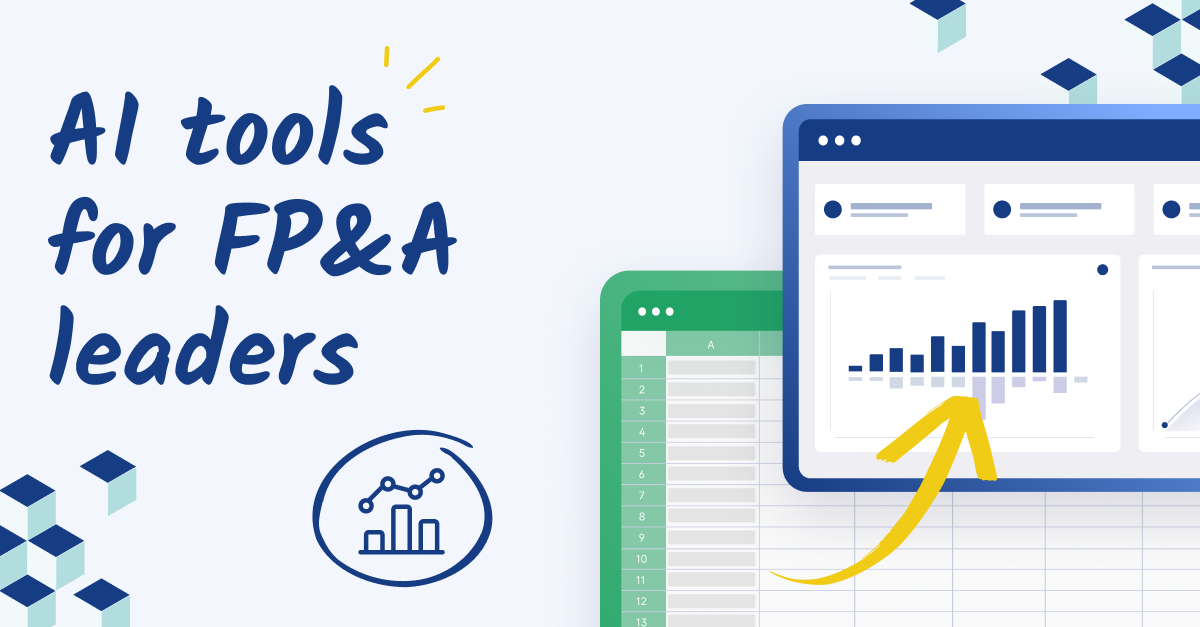
![The 6 best demand forecasting and planning software solutions [2025]](https://www.cubesoftware.com/hubfs/Blog%20image%20%2889%29.png)
